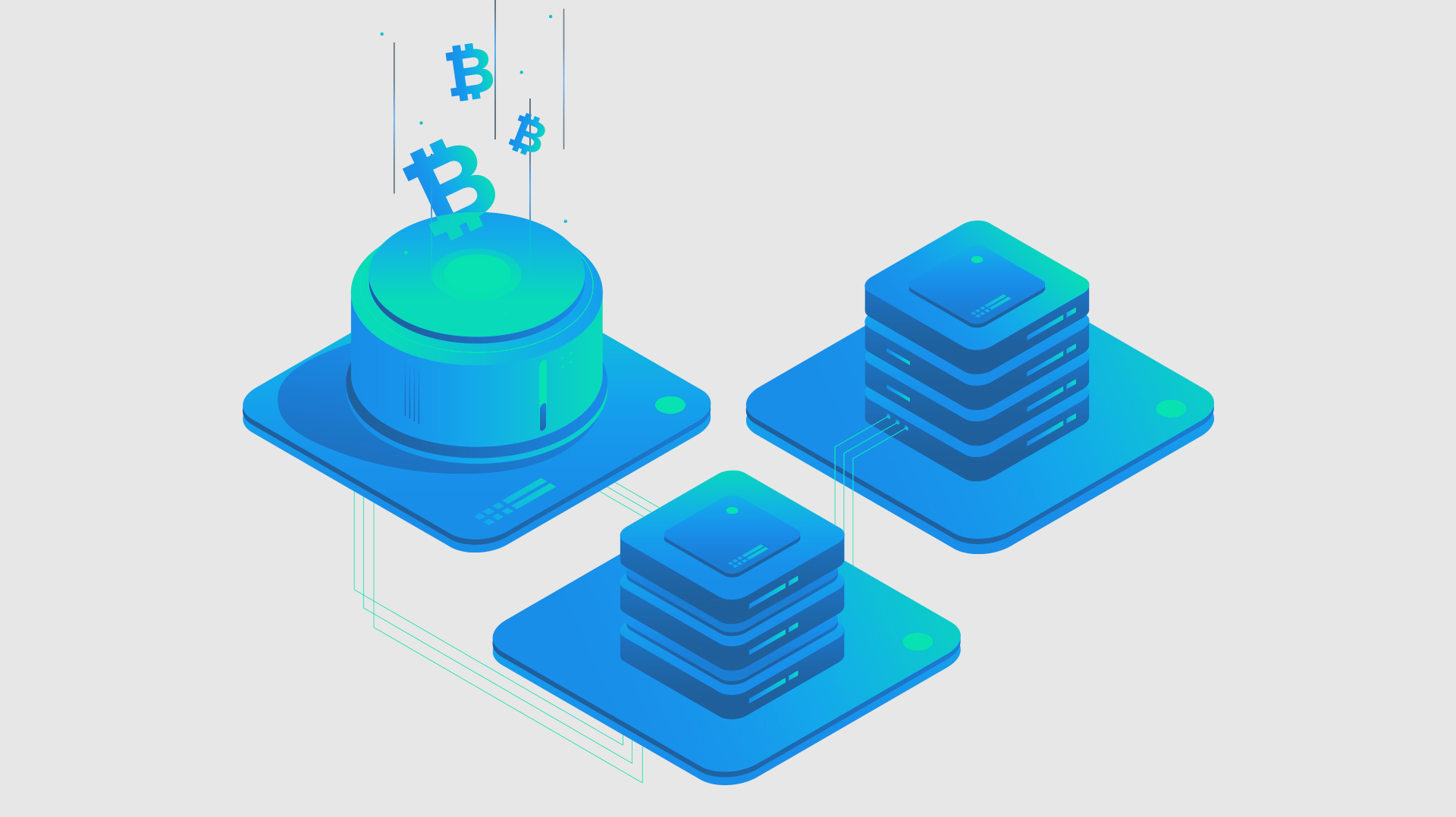How Does the Blockchain Work?

Blockchain technology has been gaining momentum over the past few years with no signs of slowing down. It is expected that by 2030, the global blockchain market will be worth $1431 billion. As of 2021, over 68 million blockchain users had blockchain wallets, and this number is only expected to increase further in the coming years. There were just 8 million active wallets on blockchain in 2016. If you've been left behind in understanding blockchain, let us simplify the underlying framework for you to develop a basic understanding of how blockchain works.
What is Blockchain?
The blockchain can be visualized as a Google Document shared among a group of people through live sharing. It is not transferred or copied. It allows everyone to stay updated with changes being recorded in real-time and without waiting to receive them. This decentralized distribution creates transparency. While the blockchain is more complex than a Google Doc, you get the gist through this apt analogy.
Blockchain is a revolutionary technology that allows users to carry out transactions securely and transparently. Its most discussed application is in cryptocurrencies like bitcoin. Cryptocurrencies are digital currencies used to carry out the exchange of products and services. There are over 10,000 cryptocurrencies worldwide, with a market value of $1.9 trillion as of April 2022. Among all, Bitcoin holds the major share.
Like the dollar, bitcoin does not hold intrinsic value until the value is created by using it for our transactions. Let's try to understand how these transactions in bitcoin occur through blockchain technology.
How it Works
Blockchain uses a ledger to keep track of the amount of bitcoin anyone uses. The ledger is a digital file tracking all bitcoin transactions that take place. However, what's interesting is that the ledger is not centralized, or let's say it is not stored in one data centre.
Like a Google Doc, it is distributed throughout the network of private computers that store data and make computations. Each computer with this ledger is referred to as a node. Anyone who wants to conduct a transaction using their bitcoin will broadcast a message to the network.
In this way, every node receives the message and applies the transaction to its ledger copy, keeping account balances updated.
The next part of the puzzle on the blockchain is the wallet. The wallet is used to store and exchange bitcoins on the network. It is encrypted with a private and public key to ensure that your wallet is not accessed by anyone else.
These encrypted keys allow you to generate a digital signature to verify the source of a message and the transaction's authenticity.
Benefits and Limitations of Blockchain
Blockchain is a remarkable technology that quickly revolutionizes conducting transactions in various industries. It eliminates the need for a third party like a banking institution to hold your money, giving users complete access to their value.
The per transaction cost from anywhere in the world on cryptocurrencies is minimal, allowing micropayments and making it a safe and transparent way to transfer digital currency within minutes. Anyone on the blockchain can verify any transaction at any time, thus resulting in complete transparency.
Along with its benefits, there are several challenges that blockchain currently faces. Firstly, the transactions can be carried out anonymously, promoting illegal activity. Secondly, trading bitcoin is still not as easy even after multiple exchange platforms are on the horizon.
Lastly, cryptocurrencies are very volatile. The demand for bitcoin in the market can change rapidly as there aren't many bitcoins available.
Wrapping Up
While blockchain has been around for a while it still has a long way to go. Blockchain benefits from decentralization and the need for trust in making transactions. However, some challenges still need to be addressed for its successful implantation worldwide.
